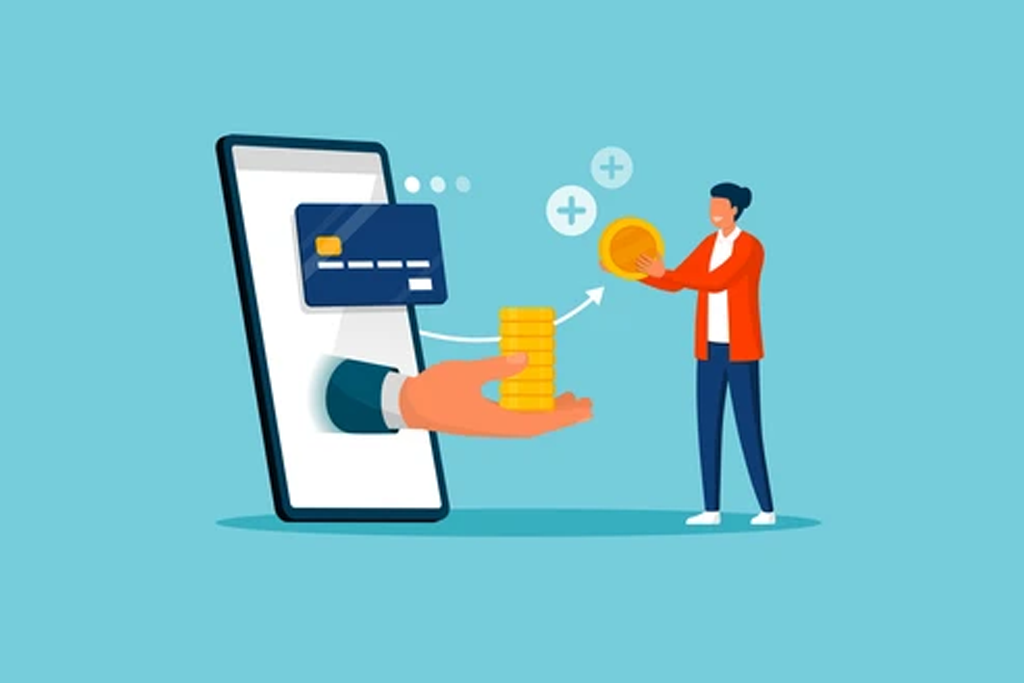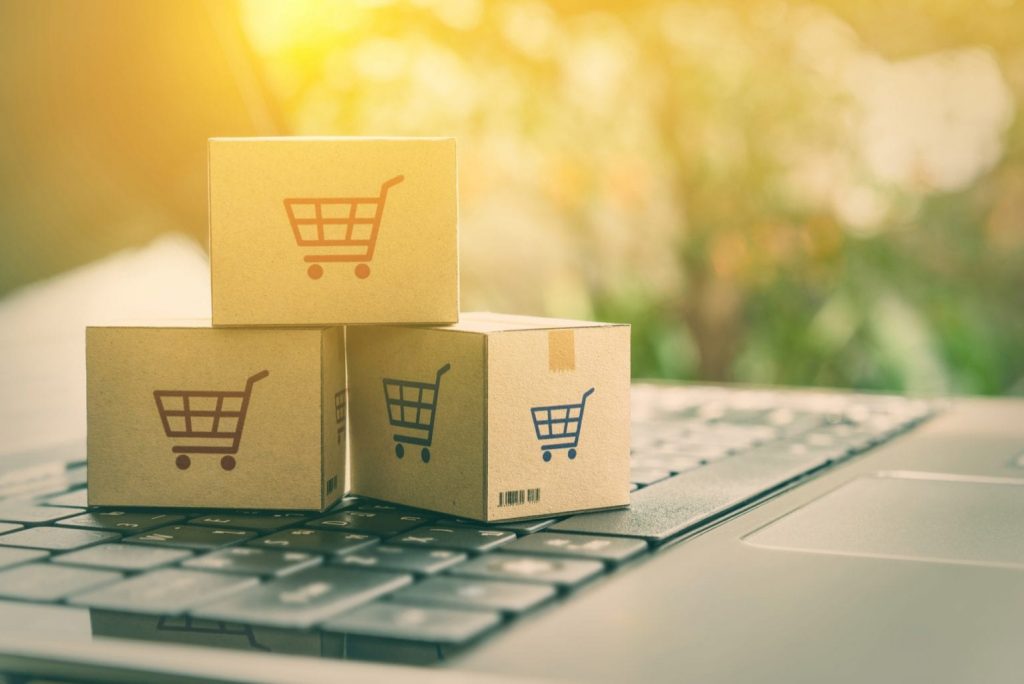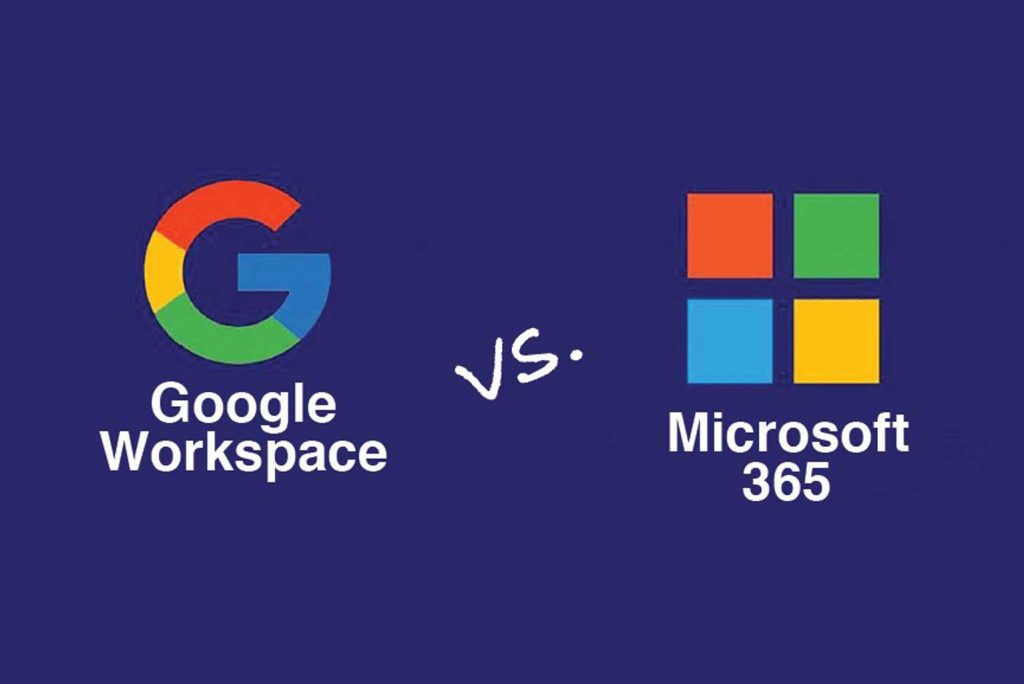An online presence is crucial for businesses and individuals alike. Whether you’re an entrepreneur, freelancer, or creative professional, one of the most important aspects of running a successful online venture is the ability to receive payments through your website. In this article, we will explore various methods and tools that can help you set up an efficient and secure online payment system for your website.
Understand Your Payment Options
Before diving into the technical aspects of setting up online payments, it’s essential to understand the different payment options available to you. Here are a few popular methods:
a. E-commerce Platforms: Utilizing e-commerce platforms such as Shopify, WooCommerce, or Magento allows you to create a fully functional online store with built-in payment gateways, making the process simpler and more streamlined.
b. Payment Gateways: Payment gateways act as intermediaries between your website and the financial institutions, securely processing online transactions. Popular payment gateway providers include PayPal, Stripe, Square, and Authorize.net.
c. Online Payment Services: Platforms like PayPal and Stripe also offer standalone payment services, allowing you to embed payment buttons or links on your website without the need for a full-fledged online store.
Setting Up a Payment Gateway
If you decide to integrate a payment gateway directly into your website, follow these steps:
a. Research and choose a payment gateway provider that suits your needs. Consider factors such as transaction fees, supported currencies, ease of integration, and security features.
b. Create an account with the chosen payment gateway provider and complete the required verification process.
c. Follow the provider’s instructions to integrate the payment gateway into your website. This usually involves adding a few lines of code or using a plugin provided by the gateway provider.
d. Test the payment gateway thoroughly to ensure it is functioning correctly and that customers can make payments seamlessly.
Embedding Payment Buttons or Links
If you prefer a more straightforward solution without the need for a full e-commerce store, embedding payment buttons or links on your website can be a viable option. Here’s how to go about it:
a. Choose a payment service provider that offers embeddable payment buttons or links. PayPal and Stripe are popular choices.
b. Sign up for an account and configure your payment settings, such as pricing, product details, and customization options.
c. Generate the payment button or link code provided by the payment service provider.
d. Place the generated code in the appropriate location on your website, such as product pages, invoices, or donation forms.
Enhancing Security and Trust
Online security and customer trust are vital when handling payments. Implement the following measures to ensure a safe and reliable payment experience:
a. SSL Certificate: Install a Secure Sockets Layer (SSL) certificate on your website. This encrypts data transmitted between your site and users, protecting sensitive information.
b. Privacy Policy and Terms of Service: Clearly outline your website’s privacy policy and terms of service to build trust and reassure customers about how their data will be handled.
c. PCI Compliance: If you store or process customers’ payment information directly, ensure your website is Payment Card Industry Data Security Standard (PCI DSS) compliant.
d. Customer Support: Provide clear instructions, FAQs, and accessible customer support channels to assist users with payment-related queries or issues.
Getting paid online through your website is an essential aspect of any online business. By understanding your payment options, setting up a secure payment gateway or embedding payment buttons, and prioritizing security and customer trust, you can establish an efficient and reliable online payment system. Remember to stay updated with the latest trends and technologies to optimize your payment processes and provide a seamless experience for your customers. With a robust payment system in place, you can focus on growing your online business and achieving your goals.





